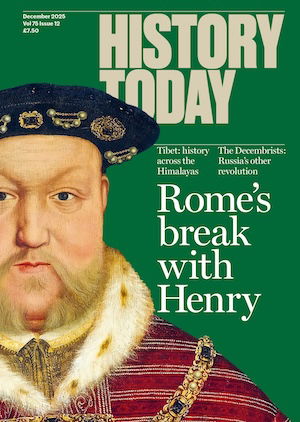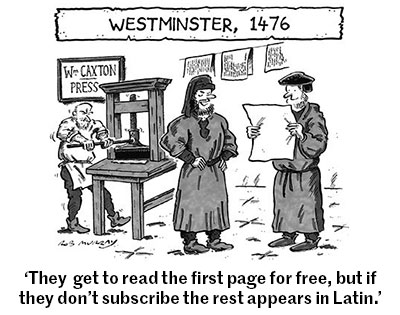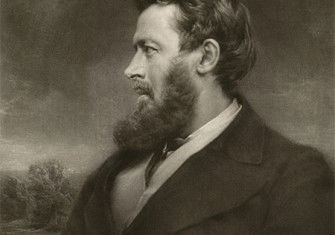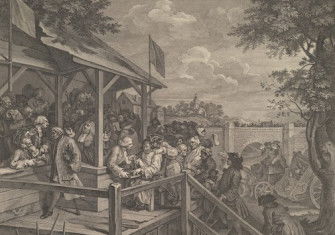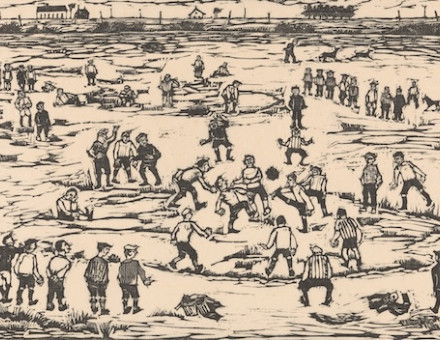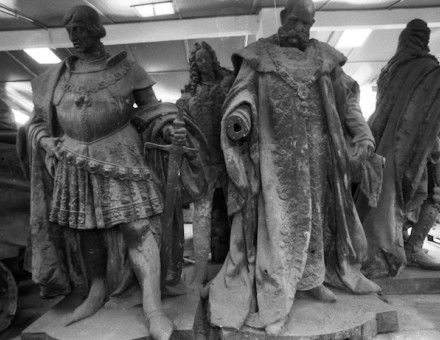A History of Liberalism
Liberalism became the dominant ideology of the West when it was adopted by Britain and the United States in the 19th century. But its origins lie elsewhere.
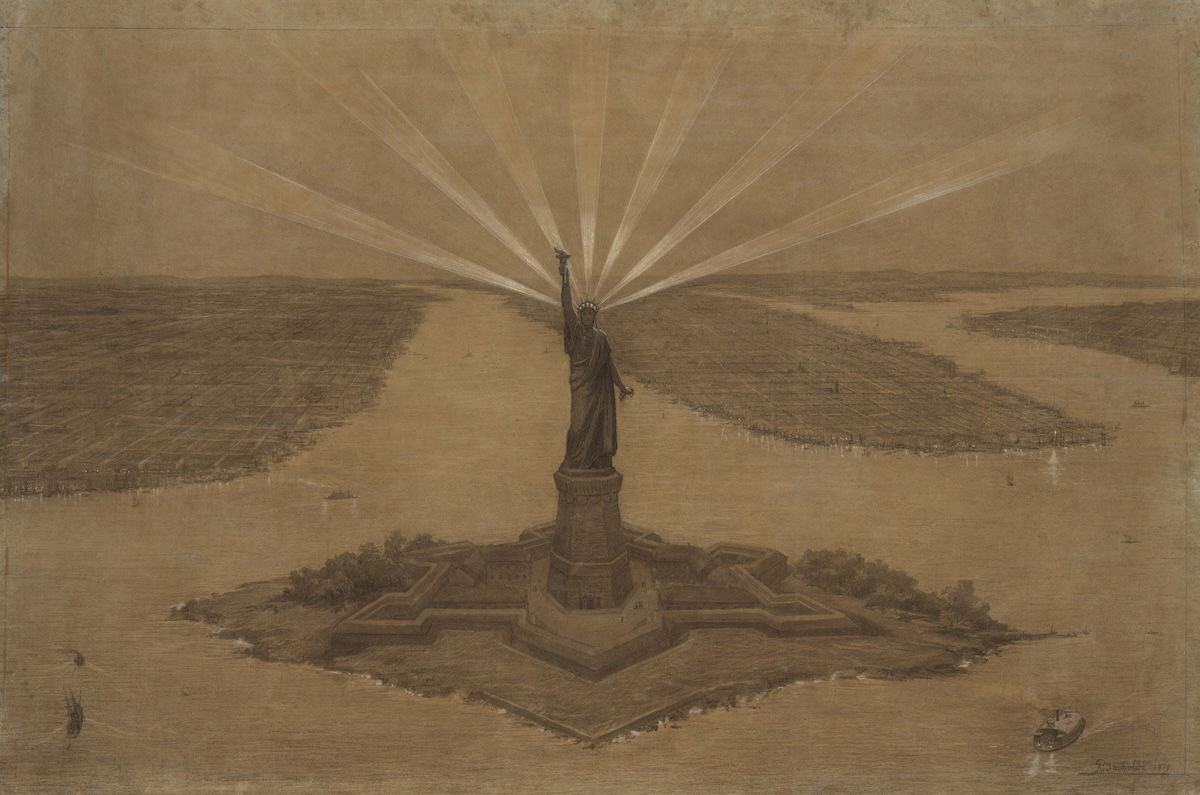
Long considered the dominant ideology of the West, liberalism is in crisis. Its principles are in retreat around the world. Populism, authoritarianism and nationalism are on the rise. The Economist recently sounded the alarm: ‘Liberalism made the modern world, but the modern world is turning against it.’ The Economist’s index categorises the United States as a ‘flawed democracy’.
It is not just that liberalism is under attack from its traditional enemies. Voters in the West have begun to doubt that the system works for them. Some say that liberal elites have become complacent. ‘Liberalism’s central problem’, says the Economist, is that it has ‘lost sight of its essential values’. Another problem, however, is rarely discussed: What does ‘liberalism’ actually stand for?

